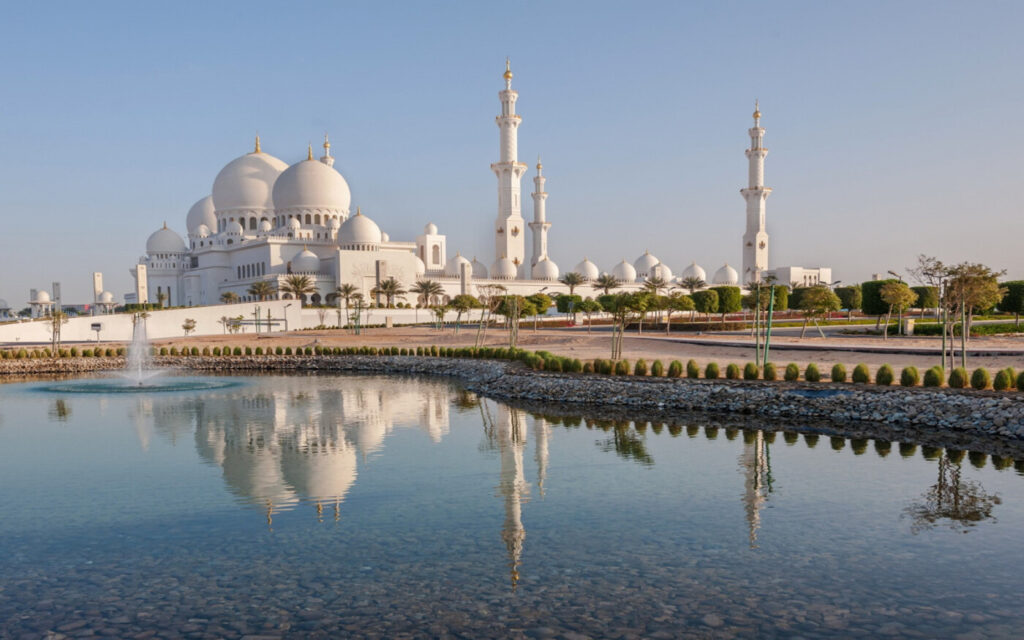
Since the establishment of the United Arab Emirates, the Emirs of Abu Dhabi have exerted substantial efforts to transform the fragile union of monarchies into a centralized state.
The issue of succession in the UAE concluded on March 30 when Emir Abu Dhabi, Mohammed bin Zayed, ascending to the throne in 2022, designated his son Khalid bin Mohammed as the crown prince. The UAE aligns with the general trend of power transitioning from father to eldest son, instigating alterations in the political dynamics of the region.
READ: Luxury Real Estate in New York: The Wealthy Take Their Time to Seal the Deal
The Emir of Abu Dhabi holds a distinctive position in the UAE, given his influential role in the country’s political framework.

The Emir of Abu Dhabi fortifies his leadership by appointing Mansour bin Zayed as the new Vice President. This decision not only alters the symbolic significance of Dubai in the UAE’s political system but also establishes an additional safety net to ensure stability during the transition period.
READ: New Paradise: Raffles The Palm Dubai Offers a Unique Holiday Experience
The country’s trajectory has been influenced by the conflict between Abu Dhabi and Dubai for decision-making influence since 1971 when the UAE gained independence. Abu Dhabi pursued a targeted process of centralization, while Dubai staunchly defended its rights, supported by various sources of income, including trade, transport, tourism, and the financial sector.
Dubai’s development model gradually shifted under Abu Dhabi’s influence, particularly during the constitutional crises of 1976 and 1979. Following a generational change in 1990, with the departure of Dubai’s Emir Rashid, Mohammed bin Zayed of Abu Dhabi actively intervened in the governance of the country, partially centralizing decisions previously made by independent emirates.
Dubai, maintaining financial independence, faced challenges during the 2008-2009 financial crisis. A $10 billion loan from Abu Dhabi prevented Dubai from defaulting, but its vulnerability became apparent. The COVID-19 pandemic in 2020 highlighted this dependence, prompting Abu Dhabi to provide support once again to Dubai’s banking sector.
From 2017 to 2021, the UAE, along with Saudi Arabia, Bahrain, and Egypt, enforced an economic blockade on Qatar, impacting Dubai. The decision to comply with anti-Iran restrictions also affected Dubai’s economy, historically a trading hub for Iranian goods.
Abu Dhabi actively oversees the UAE’s foreign policy and security matters. Mohammed bin Zayed’s brothers hold key positions in the Foreign Ministry and National Security Adviser.

Mansour bin Zayed’s appointment as Vice President signifies Abu Dhabi’s strategy to fortify its power vertical. It also suggests a potential power shift after the demise of Dubai’s Emir, where Mansour could become the sole Vice President.
READ: Properties in Dubai for Families: Villas, Townhouses, and Apartments for Different Budgets
Abu Dhabi has finalized the centralization of the UAE, tightening its control over Dubai during times of crisis. This marks a shift from a union of independent emirates to a centralized federation, while Dubai’s development model based on economic diversification remains intact and can be replicated throughout the country.